Treatments

Free delivery when you spend over £30

100% discreet delivery for every item ordered

Fully regulated UK pharmacy

Free delivery when you spend over £30

100% discreet delivery for every item ordered

Fully regulated UK pharmacy